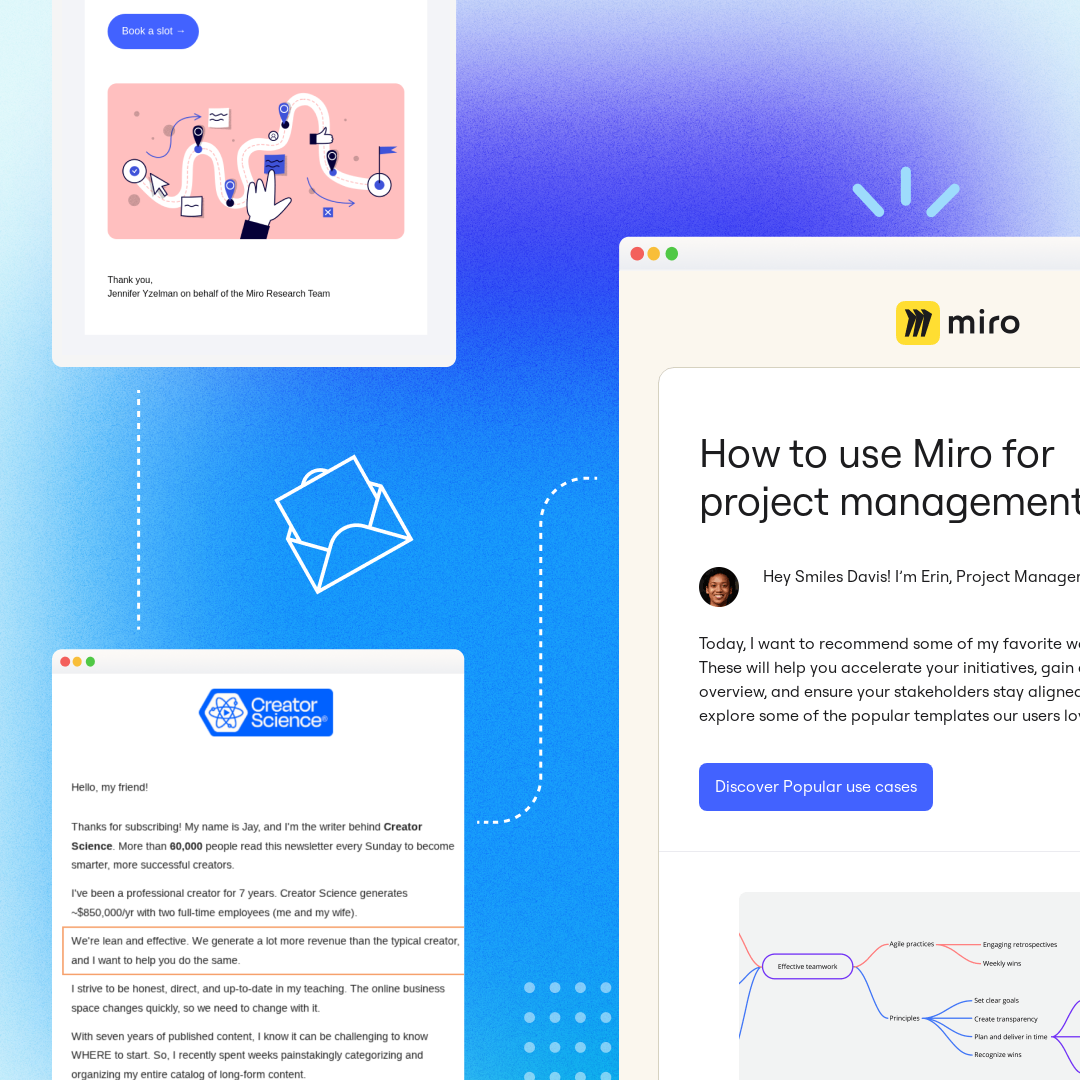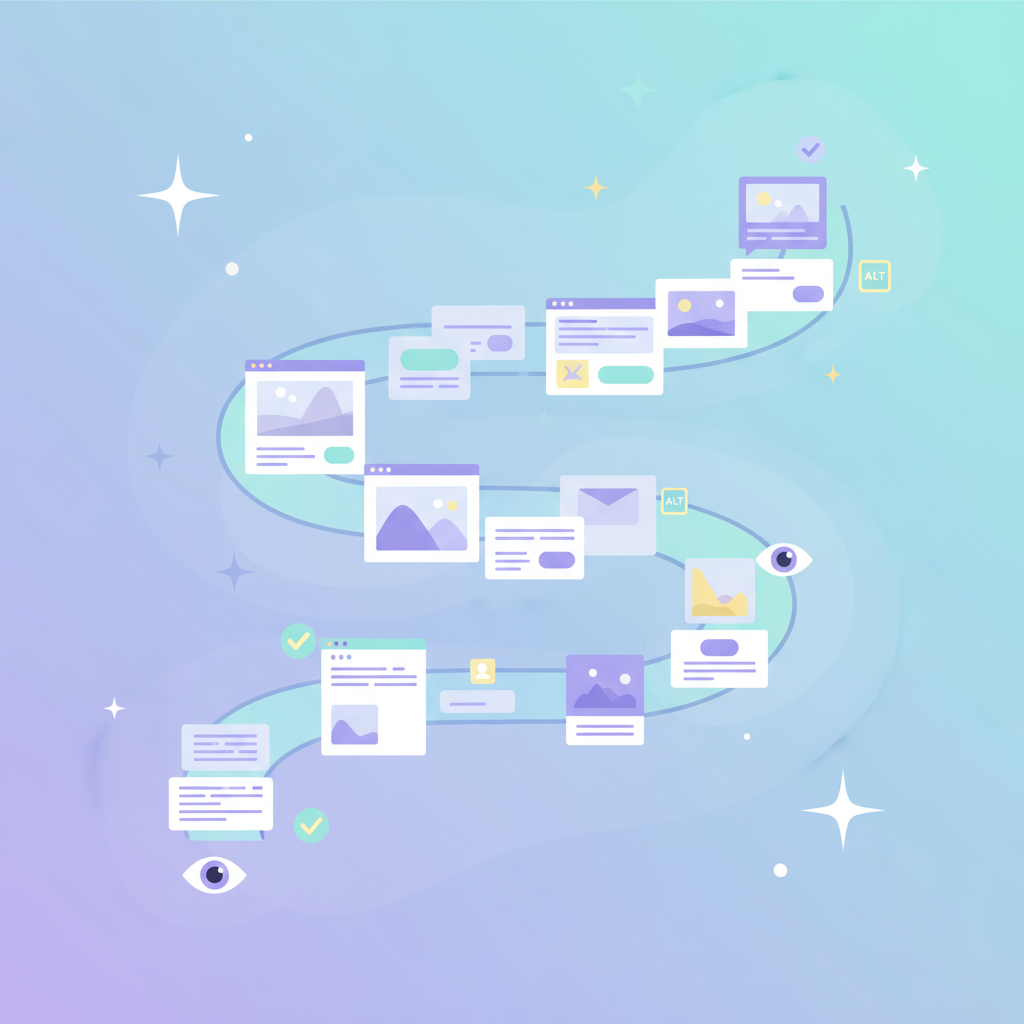
For any brand, introducing a new product is a big task. There's a lot you need to communicate: what the productis, how it works, why you care about it, andwhy youmade it. Coming up with a click-worthynew product email campaign is a critical step. So we were impressed with beauty company Glossier's new product email campaign around its latest product, "The Supers." Ina series of emails, Glossierbuilds suspense while introducing and promoting the product in a smart and strategic way. Let's take a closer look at how Glossier excels at branding, and how its step-by-step process of sending enticing emails.
A fastidious focus on design
Before we look at the campaign, it's worth mentioning that Glossier isincredibly intentional and savvy when it comes to branding. "Brand is really, really important," Glossier's founder Emily Weiss told Business Insider earlier this yearin anarticle titled, "This beauty startup has become so popular that it has 10,000 people on a waitlist for lipstick." As you can tell from the headline, Glossier's intense focus on brand is paying off.

Imagery from a Glossier welcome email
The company's visual identity—geared toward its "generation Instagram" audience—is simple and sleek. It features a central soft pink color, a modern sans-serif called Apercu, and a cheeky, playful tone of voice. Each of these elements comes together in emails that consistently communicate well and look stunning. That's what makes this brand definitely worth paying attention to.
Step #1: Build suspense
Glossier's first mention of its new product, a set of face serums called "The Supers," isn't actually a mention at all. Take a look at this email, and tell me if you see anything missing.

At number4 in the guide, there's a missing product. With the eyeball emoji and playful tone (*coughs*),Glossier subtly alludes to the idea that something might be coming soon. But what makes it work is that nothing else is said.The whole point is to be mysterious and prime the audience to keep a close watch on forthcoming emails for more info. Since there's no new product yet, the call-to-action is simply to shop the other items featured in its new product email campaign.
Step #2: Generate excitement with teaser content
If readers missed the subtle hint from the previous email, this one says it outright: Something's coming.

There's still no product on displayyet, but it's obvious there will be one soon (on Monday, perthe email's conclusion). This time, eager readers can find out more—if they click through to Glossier's blog, Into the Gloss. The email works because it's startlingly simple. There's barely anytext except for in the subject, header, and CTA button. With just a quick glance, readers get a hint of what's coming, but with so little information provided, curious audience members have a strong incentive to click through to the website if they want to learn more.
Step #3: Introduce the product
And here it is! Glossier's subject for this email is straightforward: "New Glossier serums are here!"

The email is short and sweet, letting readers get a taste of The Supers in one central image and a very short description. This isn't easy for brands rolling out new products. It's tempting to tell readers why the new product is so great, how it's different from competitors, what it will do, why the price is right, and lots more. However, Glossier wisely treats this email like a teaser (not a website), and provides just the most important information.Want to know more, or purchase? What you want is just a click away with that bulletproof CTA button.
Step #4: Roll out a mini problem/solution campaign
Glossier's new product email campaign actually features more than one product: there are three. As a result, the brand created a mini-campaign to feature each serum one by one.

We're calling this a "problem/solution" campaign because each email introduces a problem—like feeling stressed—then positions the product as the solution. Eachproblem is carefully presented in a relatable, relevantway specifically forGlossier's audience. Each email also follows the same format, remains short and direct, and uses a classic inverted pyramid layout to direct readers to the CTA. And, the buttons themselves feature great text (specific to the product) and an eye-catching pop of color.
Step #5: Tie it all together
After shining the spotlight on each serum in the mini-campaign, Glossier re-introduces the set of three serums in a roundup of new product email campaign. It maintains the playful tone and concept from the mini-campaign witha simple, highly visual message.

The text is large enough that the email looks goodon mobile, but the layout could also easily be turned into a responsive infographic optimized for small screens (learn how to do that here!)

Step #6: Show how to use with other products
Glossier circlesback to the concept of itsfirst teaser email—a guide for how to use its products—in an email showing readers how to use the new product in their routine. As the emails build, we can see that Glossier is presenting readers with small doses of information one at a time. Instead of a long email that dumps product information all in one go, Glossier's email campaign sends targeted, simple messages one at a time.

Step #7: Feature user-generated Instagram content
The last messagein Glossier's new product email campaign features hand-picked Instagram posts. It's the perfect content to show readers how their peers are already enjoying the product.

The curated photos fit within Glossier's visual brand identity. They're likely collectedby hashtag or @-tag, and each photo gives the user credit.By sourcing content from its own audience, Glossier strengthens a connection with its community, gets access togreat content without creating it from scratch, and sends the effective message that the product is popular. It's a smart, easy tactic that almost any brand can try.Want to see how another brand sends out a great email campaign? Check out our post about how Fitbit is dominating email stream design.
Wrap-Up: How to Send a New Product Email Campaign
Take a page from Glossier's book and try out these email campaign approaches:
- Start slow. Tease your new product announcement in a few emails before making the big reveal.
- Keep emails short. Intrigue readers enough so that they'll click through the email to find out more.
- Create a mini-campaign within the bigger campaign. Does your product have a special feature or solve a particular problem? Come up with a unique angle and develop content around it.
- Show people how to use the product. Let readers see your product in action. Inspire them.
- Feature user-generated content. This tactic is a great way to involve your community—just remember to always give credit.
SaveSaveSaveSave



